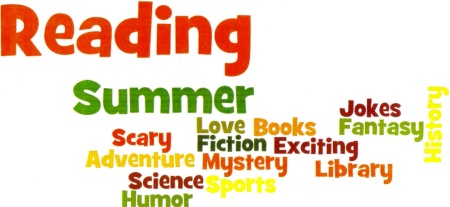When a child uses questions while reading
it helps them clarify ideas and deepen understanding. Asking questions-even those that are
unanswerable-enriches the reading experience. Remember when your child was 3 or
4 and every other word was “why”? In a child’s quest to make sense of the world, they become master
questioners. Why is the grass green? Why do we dream? What happens when we eat?
Frequently, parents have no idea how to answer these endless questions. We had
the tendency to just say “because” due to not knowing the answer ourselves, but
we need to encourage our children to ask these questions and become little
researchers to find the answers. This
constant curiosity keeps their imagination going like a well-oiled
machine. They are able to make sense of
the world around them and begin to form their own opinions and new ideas based
on the information gained from the answers to these in-depth questions. Questions also allow, you as the parent, to
engage with your child in discussions and deeper thinking. Begin to encourage your child to ask
questions about what they read. These
questions can be divided into four different big categories:
Thin (right there)
and Thick
(think and search) questions.
Thin questions are important to
understanding the story elements or facts about a piece of text. These answers can be found explicitly in the
text.
Thick questions provide the child with a quest. They have to search for an answer or use
their inferring strategies to deepen their understanding of the text.
Below are some question prompts you may find useful when asking
your child “Thick” questions:
What if …? How did …?
Why did…?
What would happen if …?
What caused…? What might…?
How would you feel if you…?
What character traits describe _______?
Why do you think…?
Why is…?
The other two important categories for
questions are Author
and Me questions and On My Own questions. The Author and me questions focus on information provided in the text but the student is
required to relate it to their own experience. Although the answer does not lie
directly in the text, the student must have read it in order to answer the
question. On My Own questions are questions
which do not require the student to have read the passage but he/she must use
their background or prior knowledge to answer the question.
When you read with your child and model
your own questions it allows your child to see how reading can be an exciting
adventure. Below are some additional
resources for you to use with your child at home to encourage their natural
curiosity. Happy Questioning!








